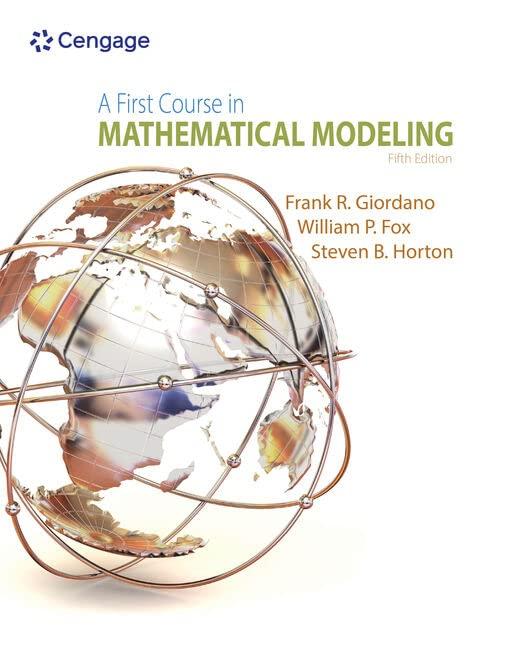An experiment consists of dropping spheres into a tank of heavy oil and measuring the times of
Question:
An experiment consists of dropping spheres into a tank of heavy oil and measuring the times of descent. It is desired that a relationship for the time of descent be determined and verified by experimentation. Assume the time of descent is a function of mass m, gravity g, radius r, viscosity μ, and distance traveled d. Neglect fluid density. That is:
![]()
a. Use dimensional analysis to find a relationship for the time of descent.
b. How will the spheres be chosen to verify that the time of descent relationship is independent of fluid density? Assuming you have verified the assumptions on fluid density, describe how you would determine the nature of your function experimentally.
c. Using differential equations techniques, find the velocity of the sphere as a function of time, radius, mass, viscosity, gravity, and fluid density. Using this result and that found in part (a), predict under what conditions fluid density may be neglected. (Use the results of Problem 5 in Section 14.2 as a submodel for drag force. Consider the buoyant force.)
Data from problem 5
One would like to know the nature of the drag forces experienced by a sphere as it passes through a fluid. It is assumed that the sphere has a low speed. Therefore, the drag force is highly dependent on the viscosity of the fluid. The fluid density is to be neglected. Use the dimensional analysis process to develop a model for drag force F as a function of the radius r and velocity m of the sphere and the viscosity of the fluid.
Step by Step Answer:

A First Course In Mathematical Modeling
ISBN: 9781285050904
5th Edition
Authors: Frank R. Giordano, William P. Fox, Steven B. Horton





